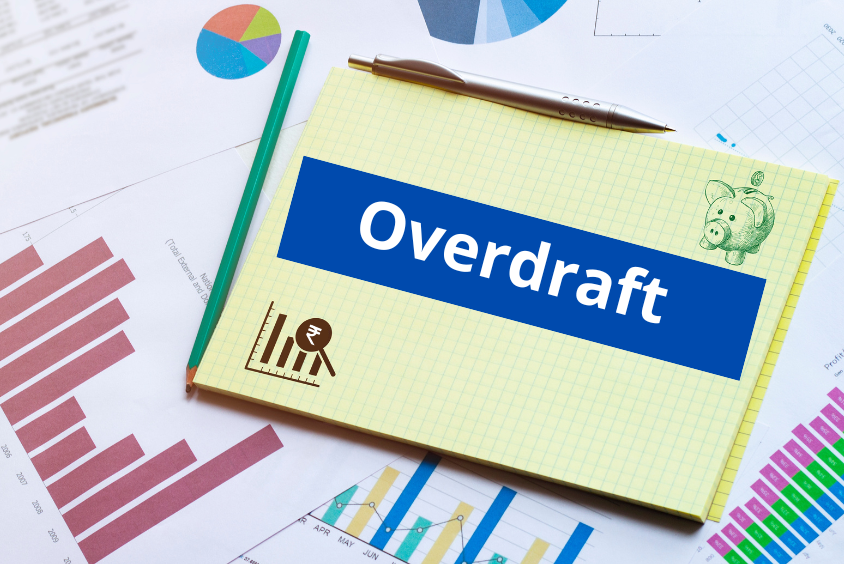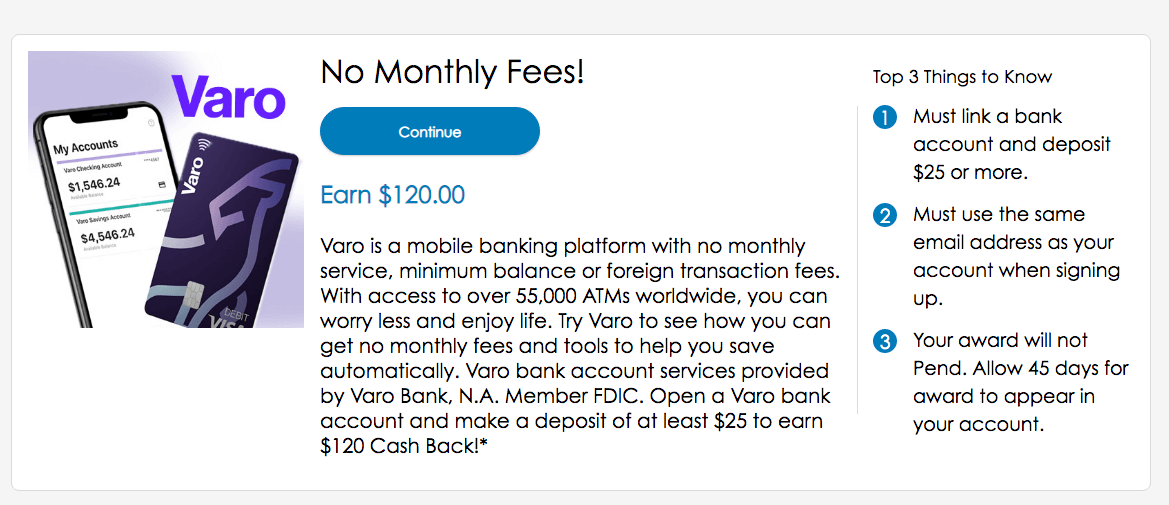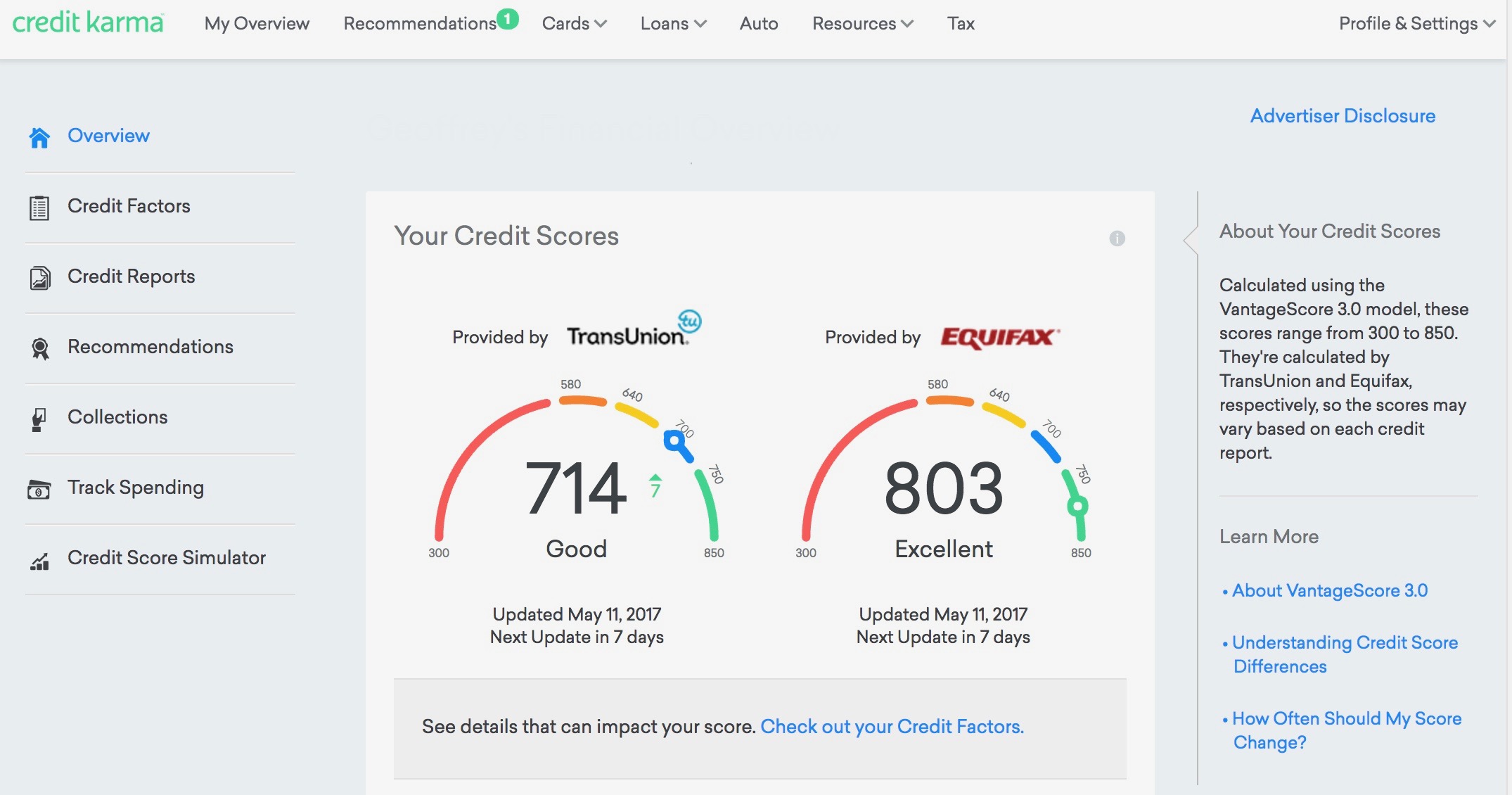Get information related to What Is An Overdraft Line Of Credit that you’re searching for in this article, hopefully it can assist you.

Who ever thought that living on the edge by spending more than you earn could be a good idea? Now, before you grab your pitchforks and start denouncing me as a heretic, hear me out. What if I told you that going into debt can sometimes be considered a wise financial decision? Do you still think it’s madness, or are you now intrigued? Join me as we explore the fascinating world of revolving credit, where you’ll discover the benefits and drawbacks of this controversial financial tool.
In the realm of finance, terminology is crucial. So, let’s begin by untangling a potential source of confusion: revolving credit. Often used synonymously with “credit line,” revolving credit is a type of loan that differs from a traditional loan in a critical aspect. Unlike traditional loans with fixed repayment terms and interest rates, revolving credit allows you to borrow money repeatedly up to a predetermined credit limit. As you repay the borrowed funds, the available credit renews itself, providing ongoing access to additional funds within the established limit.
An In-Depth Look at Overdraft Line of Credit
Overdraft Line of Credit (ODLOC) is a specific type of revolving credit that almost everyone has or has heard of. It’s like having a secret stash of cash you can tap into whenever you need it, without worrying about applying for a new loan each time.
So, you might be wondering, how does an ODLOC work? Well, it’s quite straightforward. The bank sets a credit limit for your account, and you can overdraft up to that amount. It’s like having a safety net that protects you from those unexpected expenses that pop up from time to time. When you overdraw your account, you’re essentially borrowing from the bank, and you’ll need to pay back the borrowed amount, plus any applicable interest.
One key advantage of an ODLOC is its flexibility. It’s like having a financial cushion that you can access on a rainy day. Need to cover an emergency car repair? Your ODLOC has got you covered. Unexpected medical bills? No problem, your ODLOC is there to help. It’s financial peace of mind, knowing that you have access to extra funds when you need them.
ODLOC vs. Traditional Loans: Which is Right for You?
Now, let’s compare ODLOCs to traditional loans. Traditional loans, such as personal loans or car loans, are typically long-term commitments with fixed interest rates and repayment schedules. ODLOCs, on the other hand, are more flexible short-term solutions, with variable interest rates that fluctuate with market conditions.
So, which one is right for you? It depends on your specific financial needs and circumstances. If you need a substantial amount of money for a large purchase or debt consolidation, a traditional loan might be a better fit. But if you’re looking for a flexible and convenient way to cover unexpected expenses or bridge financial gaps, an ODLOC is a great option.
Tips for Using an ODLOC Wisely
As with any financial tool, responsible use is key when it comes to ODLOCs. Here are a few tips to help you get the most out of your ODLOC:
- Keep track of your balance: Monitor your ODLOC balance regularly to avoid overspending and potential fees.
- Pay back what you borrow promptly: The longer you carry an ODLOC balance, the more interest you’ll pay. Make timely payments to minimize interest charges.
- Avoid using your ODLOC for long-term expenses: ODLOCs are intended for short-term needs. Prolonged use for long-term expenses can lead to excessive interest charges.
FAQs About Overdraft Line of Credit
Q: What is the interest rate on an ODLOC?
A: Interest rates on ODLOCs vary depending on your creditworthiness and the lender. Generally, rates are higher than traditional loans but lower than credit cards.
Q: Are there any fees associated with ODLOCs?
A: Yes, there may be fees associated with ODLOCs, such as overdraft fees, monthly maintenance fees, and returned check fees.
Q: Can I use my ODLOC to make purchases?
A: Yes, you can use your ODLOC to make purchases through debit card transactions or checks. However, it’s important to note that using your ODLOC for purchases may incur additional fees.
Conclusion
Overdraft Line of Credit is a valuable financial tool that can provide flexibility and peace of mind. By understanding how ODLOCs work and how to use them responsibly, you can harness their benefits and avoid potential drawbacks.
So, are you ready to embrace the world of revolving credit? It’s not as scary as you might have thought. With careful planning and responsible use, you can make ODLOCs work for you.

Image: fabalabse.com
We express our gratitude for your visit to our site and for taking the time to read What Is An Overdraft Line Of Credit. We hope you benefit from What Is An Overdraft Line Of Credit.
 Vikipedi.org Trusted Information and Education News Media
Vikipedi.org Trusted Information and Education News Media



